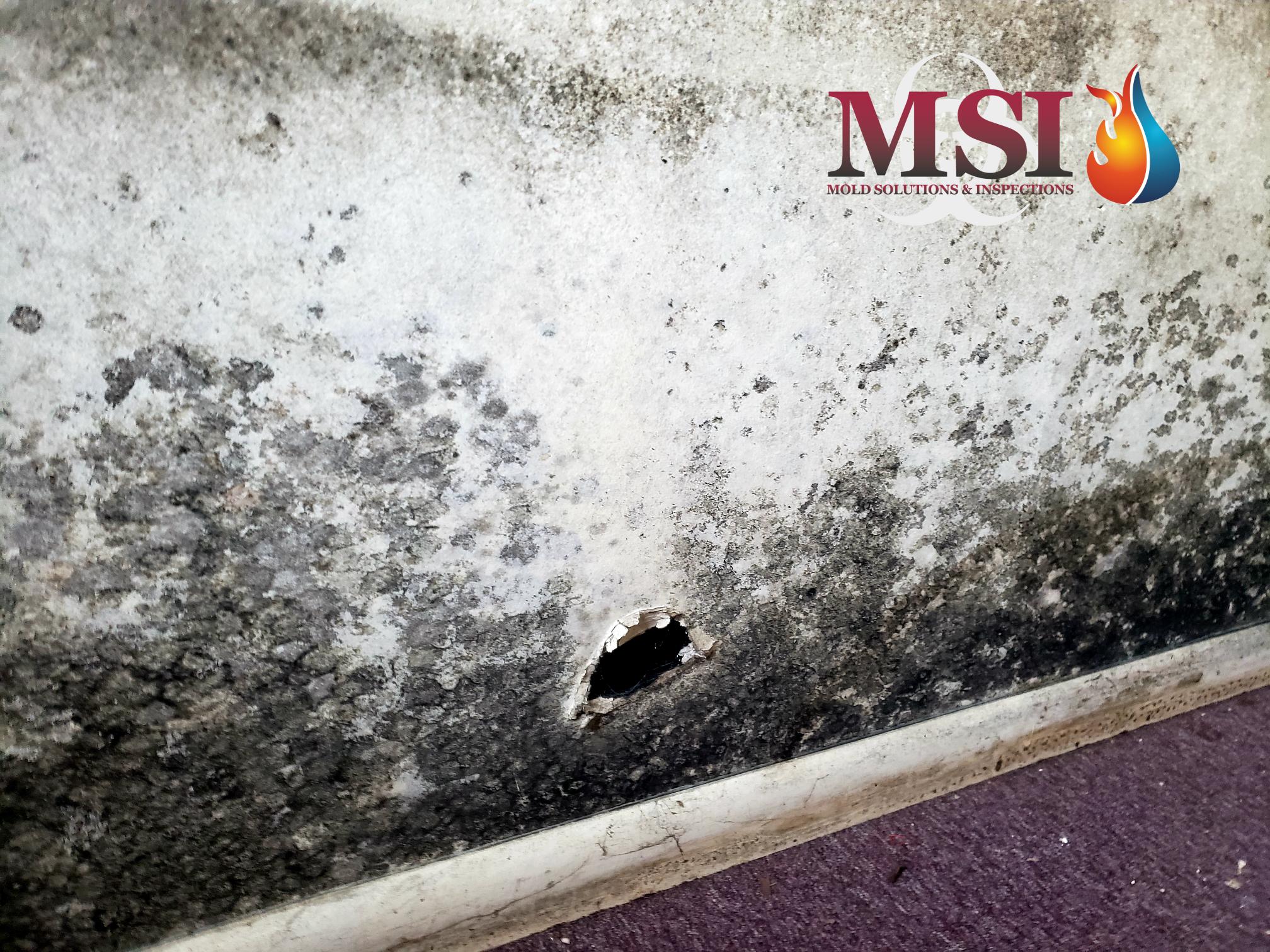Several factors lead to increased concerns about mold during the winter months. For one thing, moisture conditions indoors can lead to the growth of molds and mildews. While it’s true that forced heating systems make indoor air drier overall during the winter months, certain areas of the home may experience intensified levels of humidity because of a lack of ventilation. Bathrooms and kitchens are particularly susceptible to this problem. Steamy showers in small bathrooms spell trouble, as does the accumulation of steam from washing dishes and cooking in the kitchen. Because of cold weather, windows aren’t usually open, and condensation collects on indoor surfaces such as cold walls or windows and their frames, often creating ideal conditions for mold growth.
In addition, outdoor exposure is also common during early winter months when piles of leaves collect and absorb moisture. Cold, damp air promotes mold growth in many additional outdoor locations during this time of year as well. Mold thrives in dead vegetation, and is not killed by winter frosts. In fact, many molds can become dormant during the winter only to grow on plants killed by the cold when springtime arrives – making mold a year-round allergy trigger.
Any disturbance to an outdoor mold source, such raking leaves or tending to a compost pile, disperses mold spores through the air, exposing individuals to varying levels of mold inhalation.

